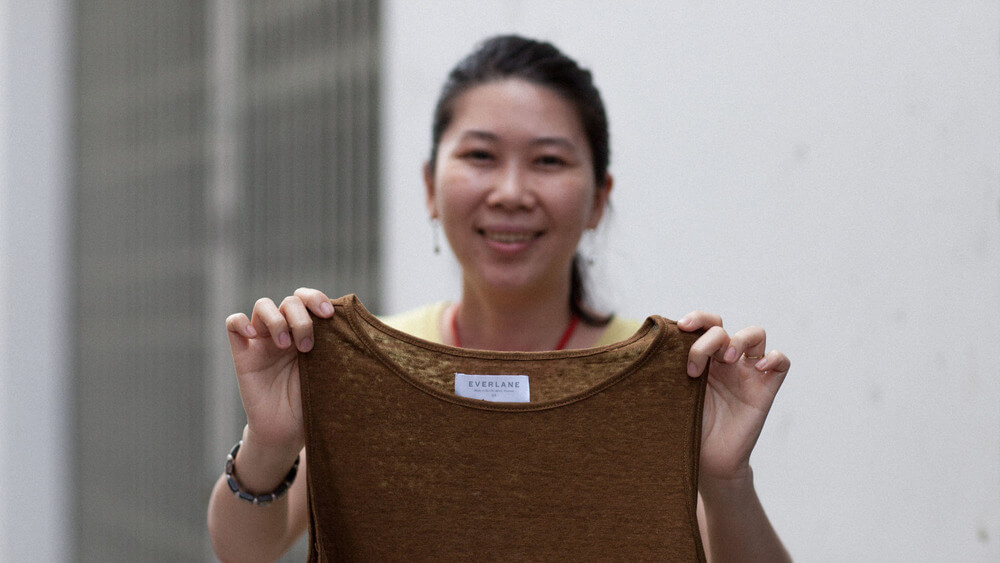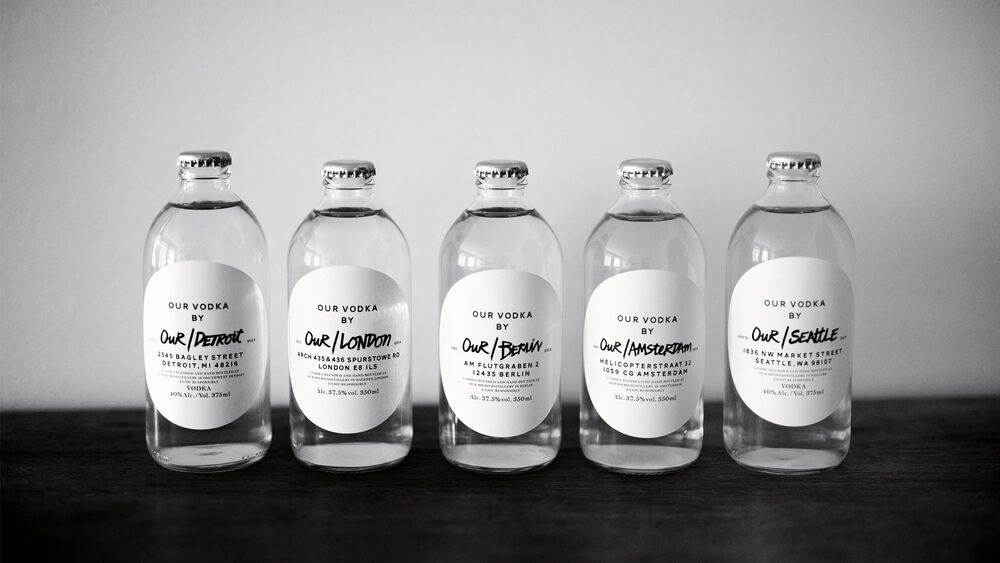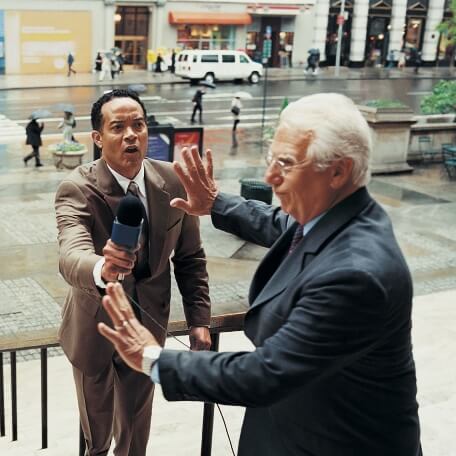They say 2016 is the year of the 'challenger brand'. Want proof? Here are five fast-growing businesses making waves across the corporate world.
Five Challenger Brands To Watch
They say 2016 is the year of the 'challenger brand'. Want proof? Here are five fast-growing businesses making waves across the corporate world.

There's been a huge amount of talk of challenger brands this year and we're barely out of the blocks. So who do we think are going to be the movers and shakers in 2016? The good people at eatbigfish put together an annual 20 challengers to watch list with a helping hand from some friends. We feature five of the best below.
Complementing the choices are suggestions from top brand thinkers and authors including Denise Lee Yohn, Ed Cotton, Porter Gale and Whitney Johnson. Enjoy.
Atom Bank
The recent UK ‘challenger banks’ simply seem to be smaller versions of their bigger brothers and sisters – less challenger than younger sibling. They have been a useful distraction for governments and regulators to laud while they quietly return the old big banks to health. But perhaps that is about to change with the imminent launch of Atom Bank.
It’s a bank that will have no bricks and mortar - helping to save money it can plough into better rates and services – and it will offer these through online and mobile platforms only. Atom is not alone in seeing the opportunity. So, what sets Atom apart? Well, for a start, they are very focused on 18–34 year olds – a generation completely at home with technology and fans of disintermediation of every category.
Atom plan to offer a highly personalised and intuitive experience - which they describe as ‘telepathic’. It also hopes to attract people with its new kinds of security – gone are traditional passwords to be replaced by your voice, face, eyelash flutter and other layers of biometric wizardry. You can also play with several elements of the Atom Bank design livery to create your own interface and bank name.
So, we hope that Atom can be a success, because the banking category does need some true challengers.
Everlane
I don’t know about you but I can feel the winds of change blowing all around in business. Blame it on those fabled millennial consumers and their pesky morals and optimism, or the influence of the established challengers like Warby Parker, wherever we turn we’re seeing a direct-to-consumer online brand with an ethical bent, shaping up to shake up the incumbents.
Occupying that ‘simple quality classics’ sweet spot that Gap lost a long time ago, online brand Everlane’s challenger mantra is ‘Radical Transparency’, and radical it is indeed.
The concept is simple. For each product on the Everlane website the production price is broken down and the markup clearly stated. So I can see that my dream stripy top actually costs $16 to make ($7.83 in materials, $4.11 in labour, $1.97 in taxes and $2.47 in transport) with Everlane’s marked up retail price of $48 dramatically positioned against the old-guard ‘traditional retail’ cost of $80.
Launched in 2011, Everlane now stocks over 200 items, works with 14 factories in 5 countries and it is reported that in 2015 sales tripled to hit $36 million. All without any traditional advertising.
We look forward to seeing how else their commitment to transparency plays out as they continue to grow.
Our Vodka
With craft beer now estimated to account for 20% of the value of the US beer market, it’s no exaggeration to say that craft beer has revolutionised the industry. Despite craft spirits currently accounting for just 2% of the US spirits market, the signs are there for craft spirits to follow the same growth as craft beer and start taking similar share.
A key question for both the beer and spirits industry establishment has been how best to respond to consumers who increasingly want to buy local and so choose craft over mainstream brands.
Pernod Ricard, owner of Absolut Vodka Jameson’s and Havana Club brands has recently launched Our Vodka, a vodka aiming to challenge the assumption that a brand can’t truly be both global and local. Our Vodka is a global vodka brand, producing and bottling regional variations of it’s vodka in five cities across the US and Europe.
Whilst consistency comes in the form of both branding and the recipe used, each distillery is tasked with finding their ingredients locally, making each city’s vodka unique to that city.
Bringing together the strengths of being global, such as brand awareness, financial support and network, with the advantages of being local, such as credibility and authenticity, Our Vodka's model could be the most sensible way for the beverage industry to respond to craft.
A key question is: is part of the attraction of craft and local that's it's just not big business and big brands?
Time will tell, and I’m left wondering, if successful, whether we’ll see the ‘Our Vodka’ model adopted by one of the larger brewers.
Slack
I’m the Slack bore in the office. You probably have one in yours, or maybe you’re one yourself. If not, beware. The Slack bore is coming for you. And he's going to try and stop you using email. But we’re right. We are totally right. Rather than talk about Slack the productivity app, I want to talk about Slack, the challenger brand.
By now, you’ve probably heard about Slack (there are MANY other blog posts written about what Slack is and does). This one from slate.com is my favourite. It’s the work place communications platform that 200% of start ups are using and is going to replace all of the old archaic systems in your office including your toaster and hole punch.
That’s an exaggeration of course, but it is dealing a body blow to company email. Finally, someone has a viable alternative to the spirit crushing banality of the major form of business conversation in the connected world.
Thinx
Even the committed feminists in the offices of eatbigfish have got a little bit cynical about the rise of ‘femvertising’ over the last couple of years - brands jumping on the 'purpose' bandwagon promising to empower 51% of the population just that little bit more.
So it felt like a breath of fresh air when Thinx, the new kid on the block when it comes to everyone’s favourite empowering category – feminine hygiene – rocked up with their un-patronising ads in October of last year.
Gifted an old fashioned controversy by the NYC subway department, who banned the ads for what they considered inappropriate imagery, Thinx got international press coverage.
But there’s more to it than a clever ad campaign. Named one of TIME's "25 Best Inventions of 2015" Thinx are introducing an entirely new product to the category – period underwear, designed to replace tampons and pads and therefore eliminate the associated landfill waste.
Like all true challengers, they are guided and driven by a clear, bold and broader ambition – to break the taboo around menstruation. The business is built on a buy-one-give-one model, for each purchase they donate to AFRIpads, a charity working to make sure that girls in the developing don’t have to miss school because of their periods, and they publicly support and campaign for ‘women’s issues’.
For more in the Challenger Brand line-up, visit the Challenger Project website.
See more on challenger brands from Minutehack.
Thanks for signing up to Minutehack alerts.
Brilliant editorials heading your way soon.
Okay, Thanks!






